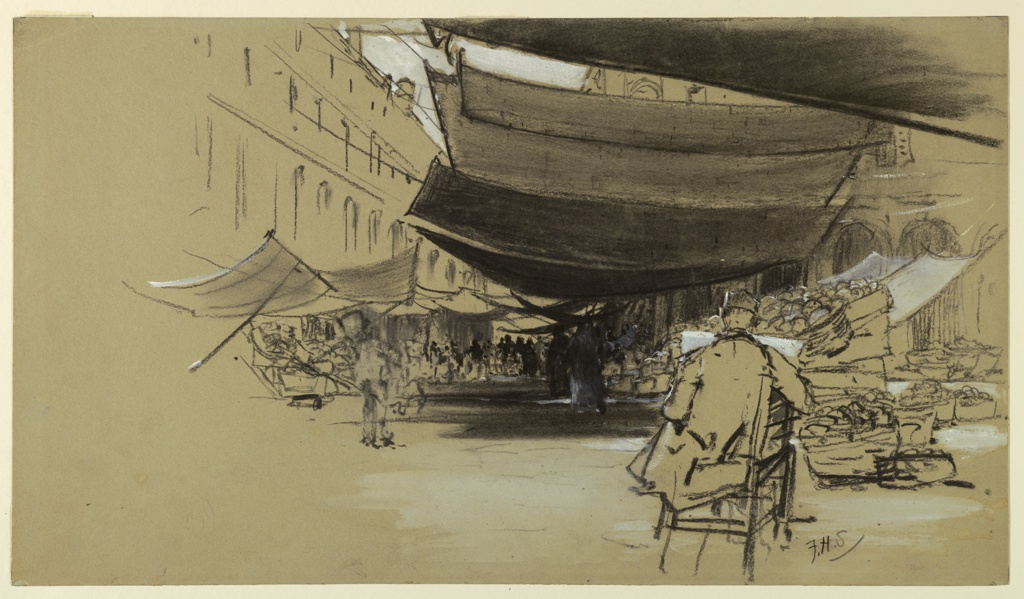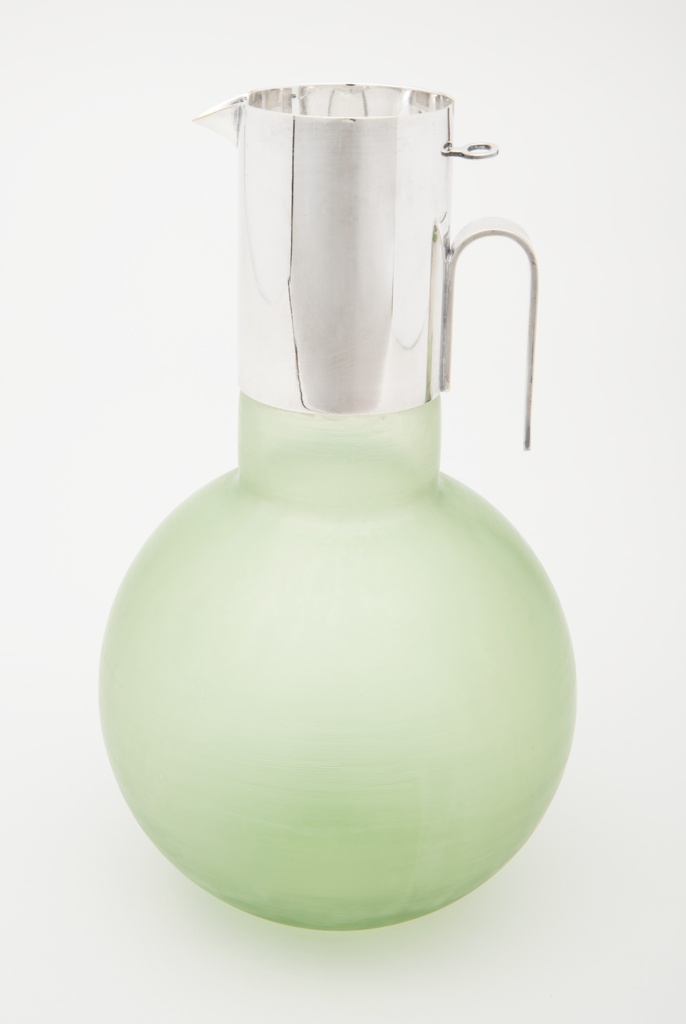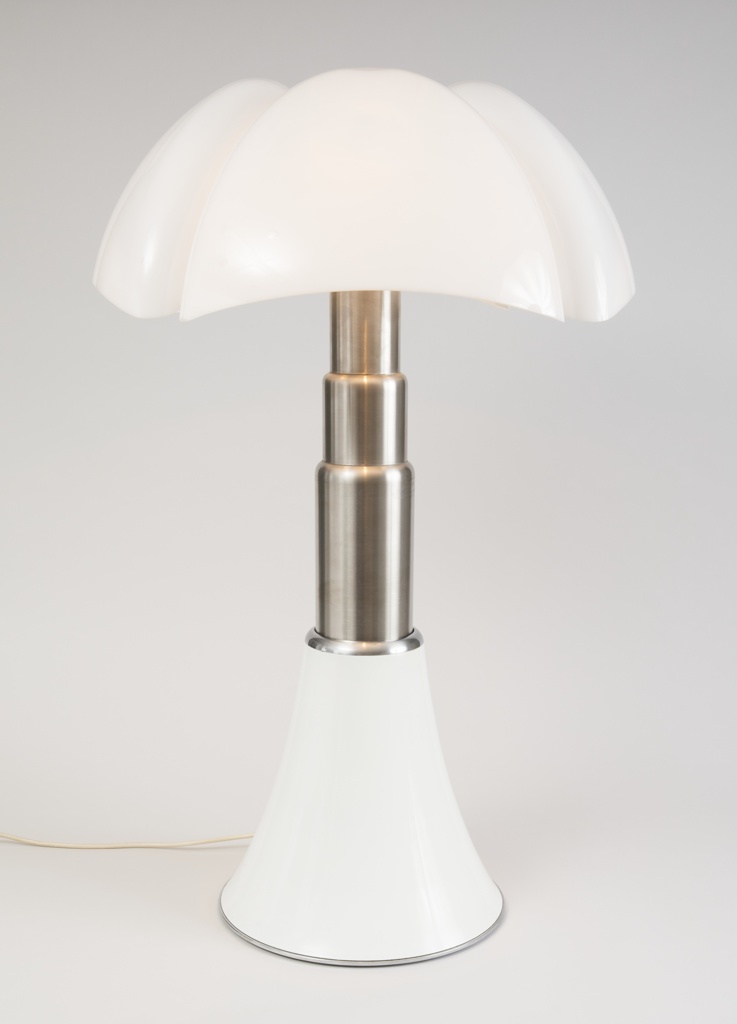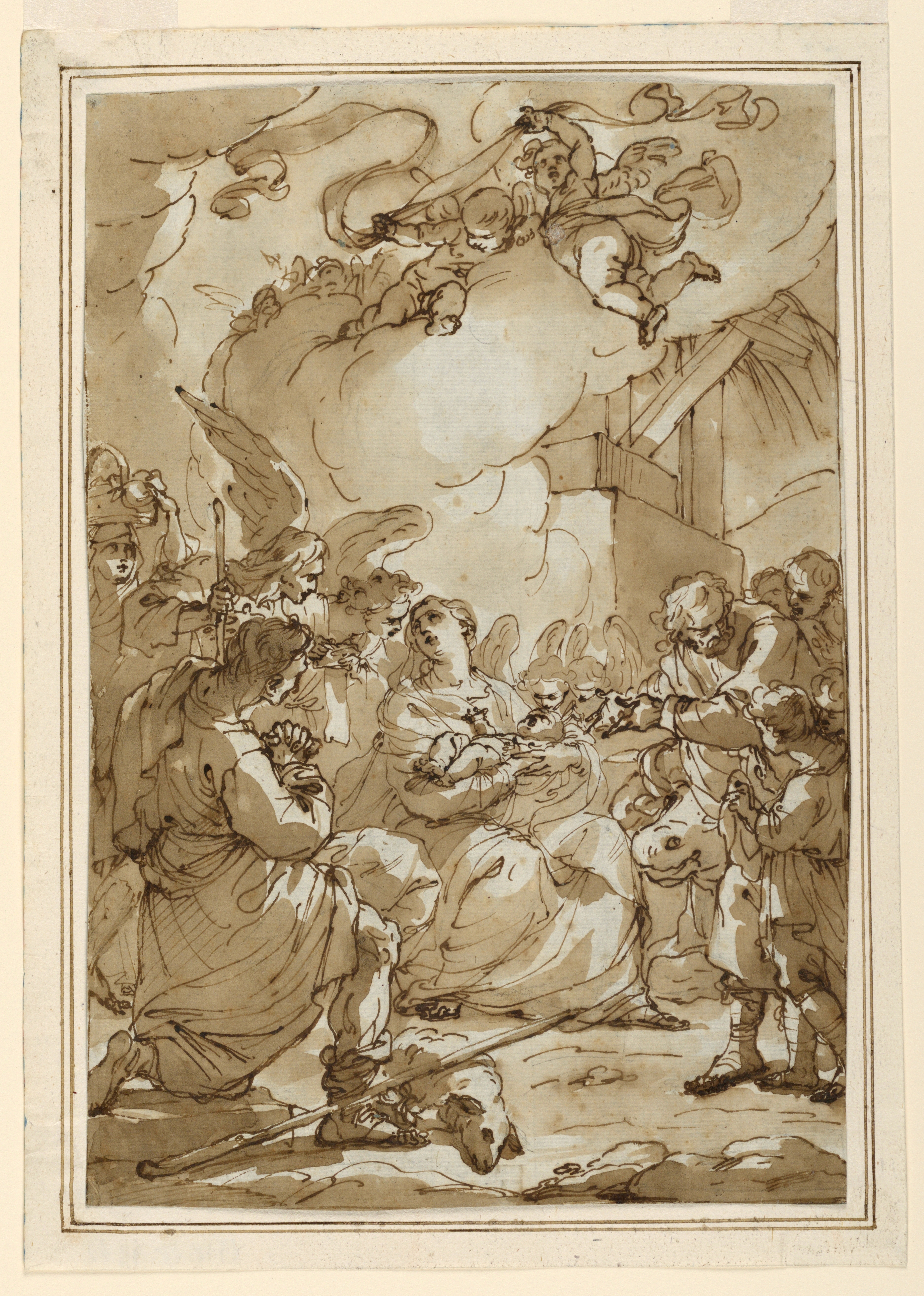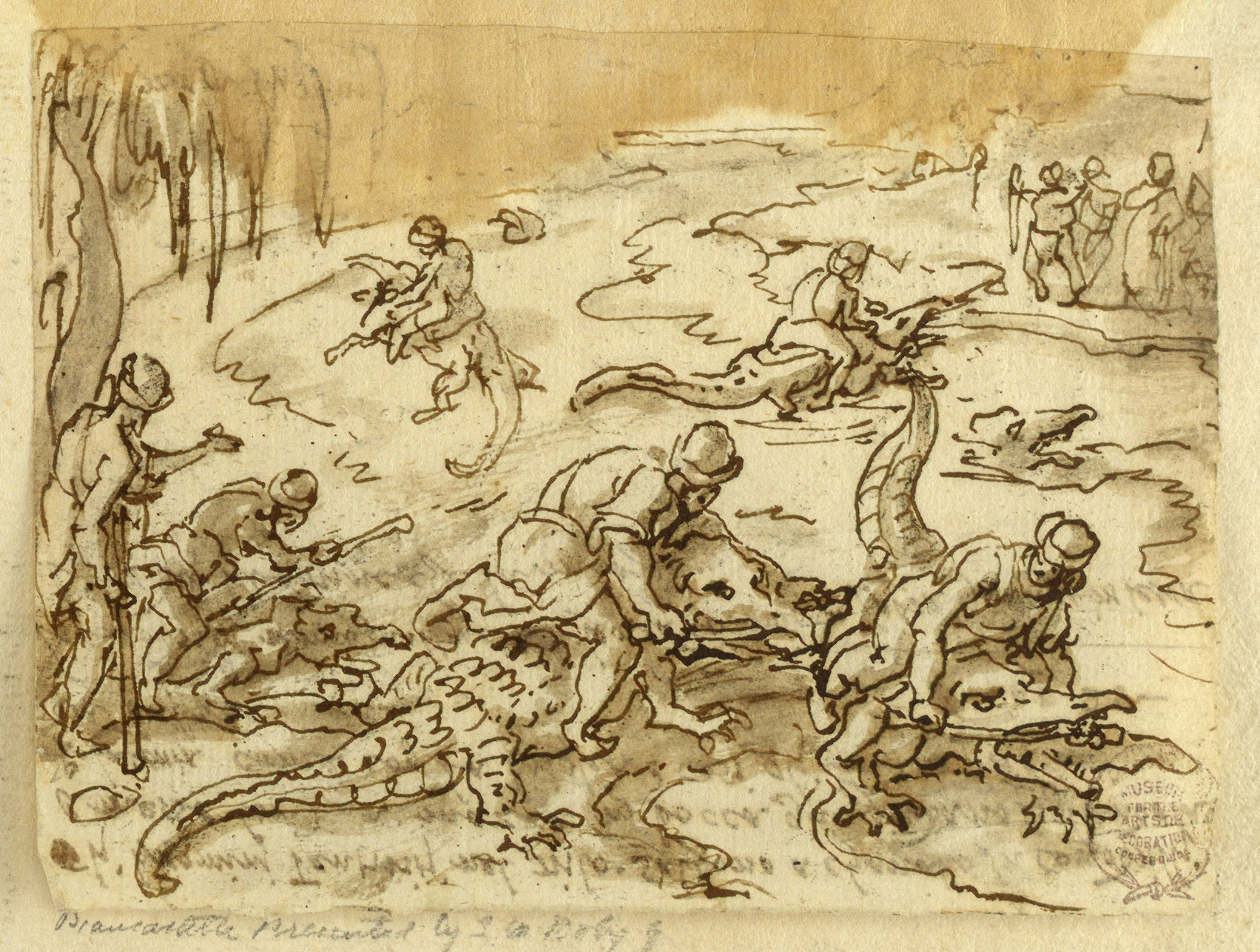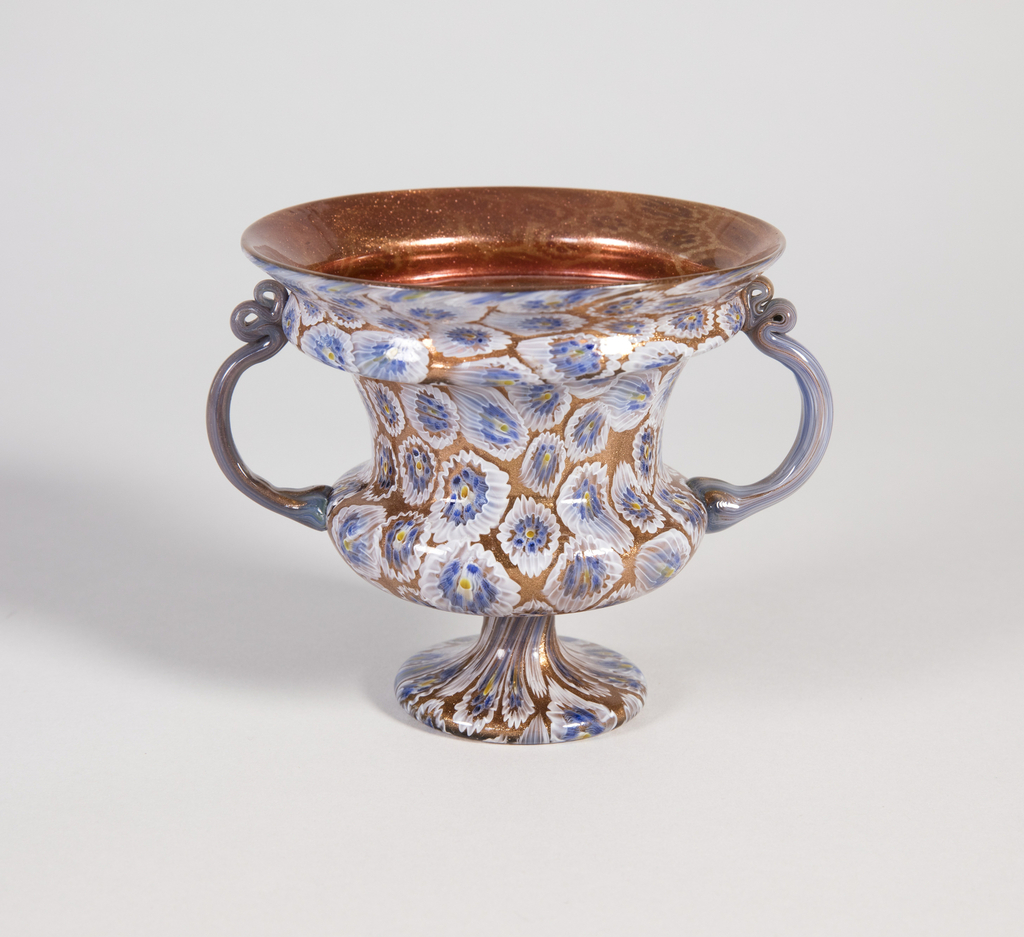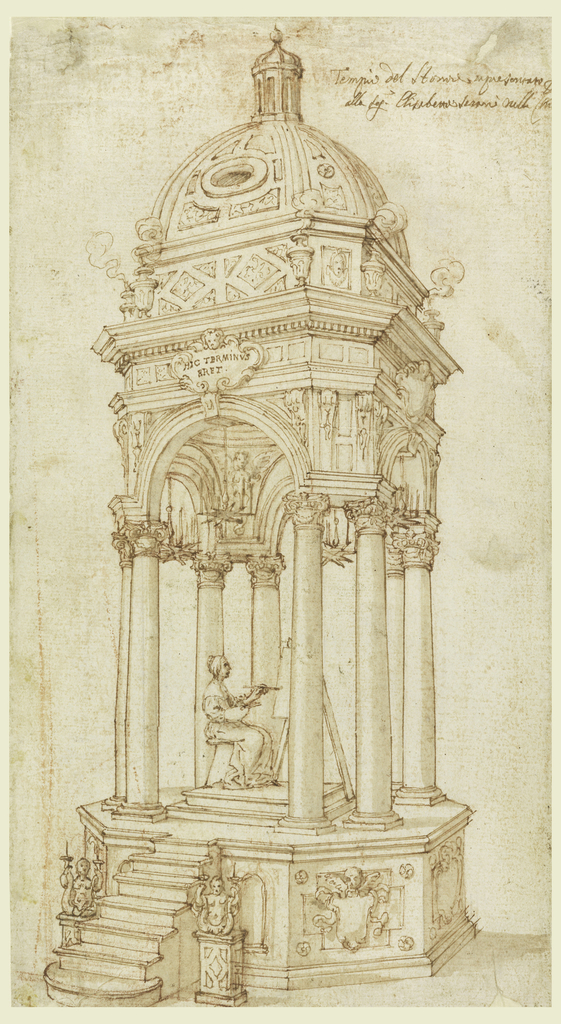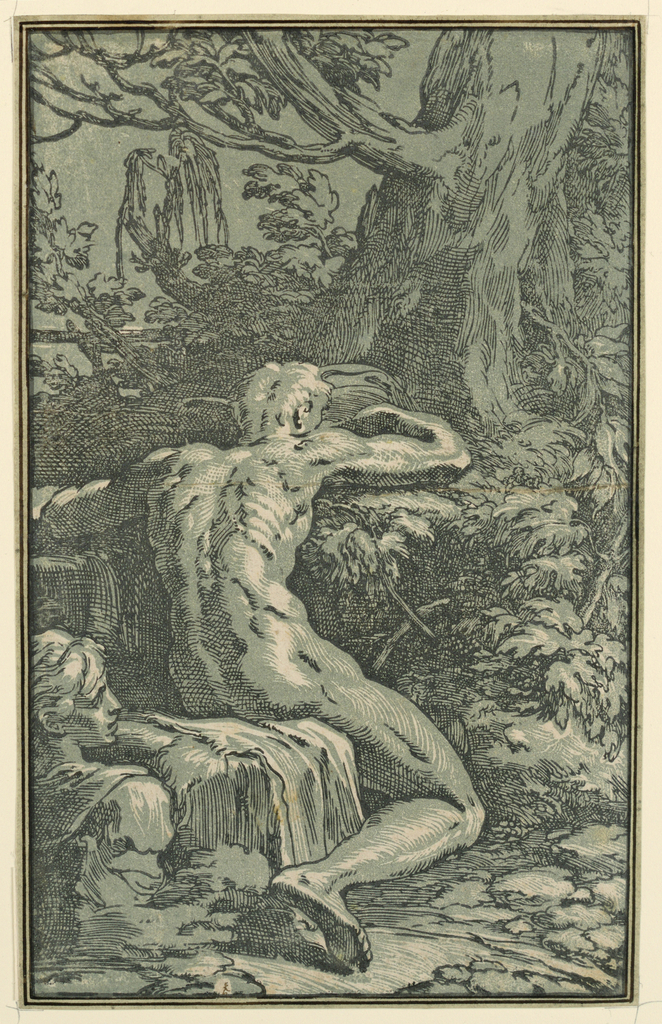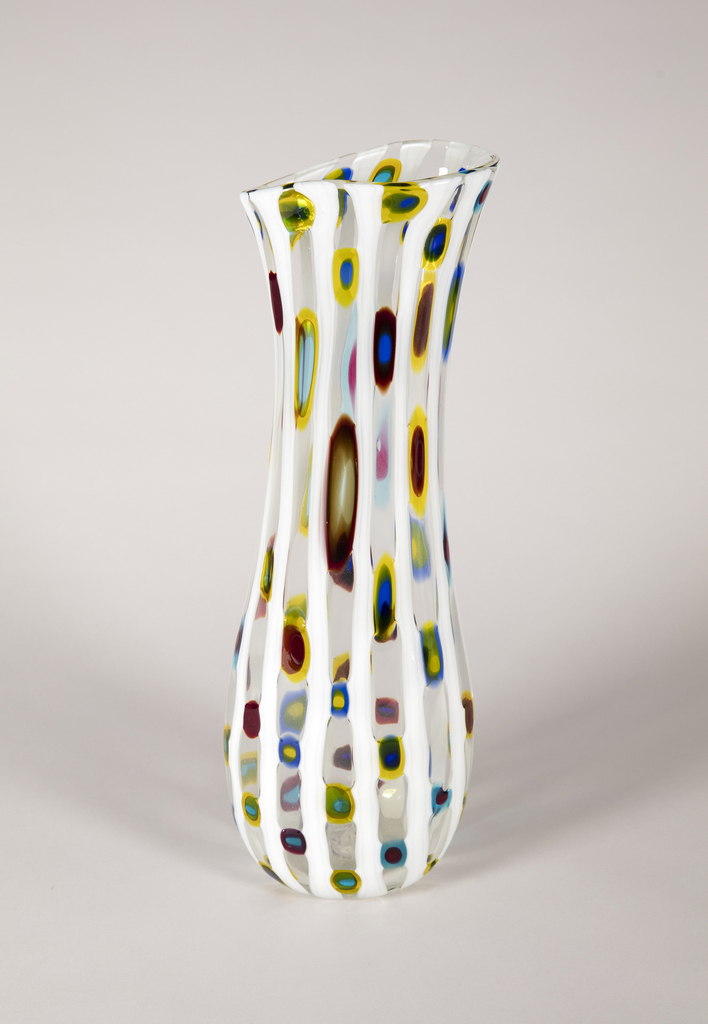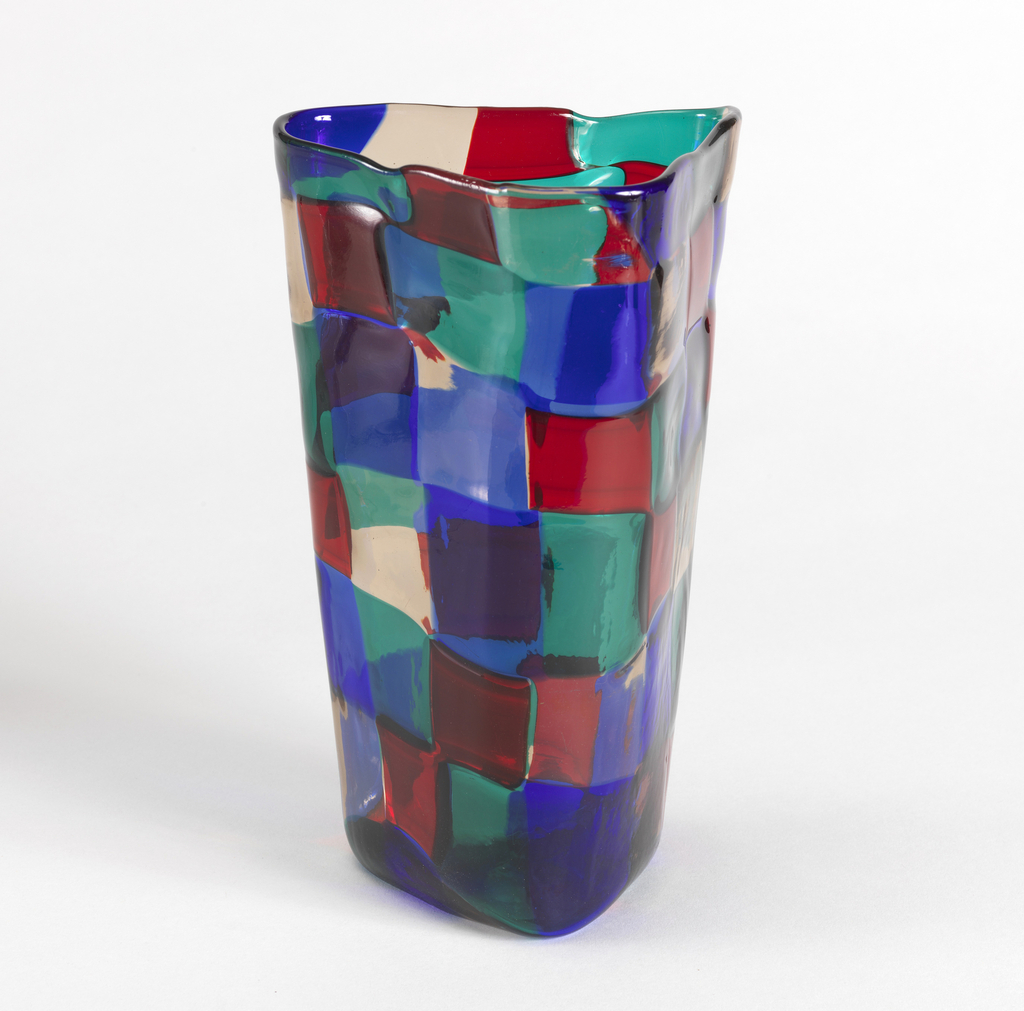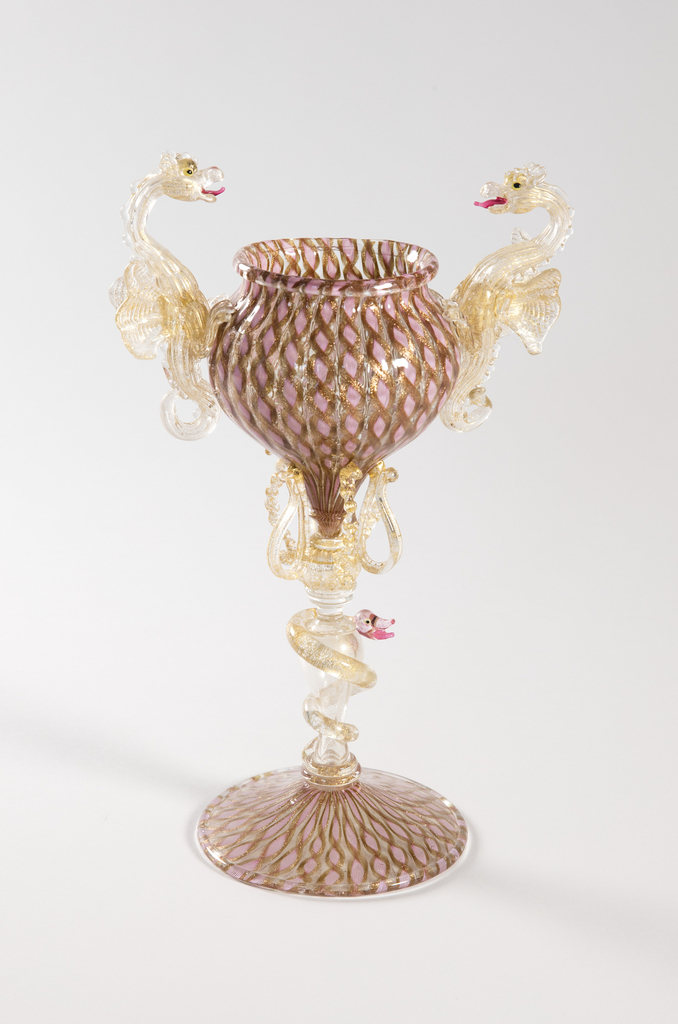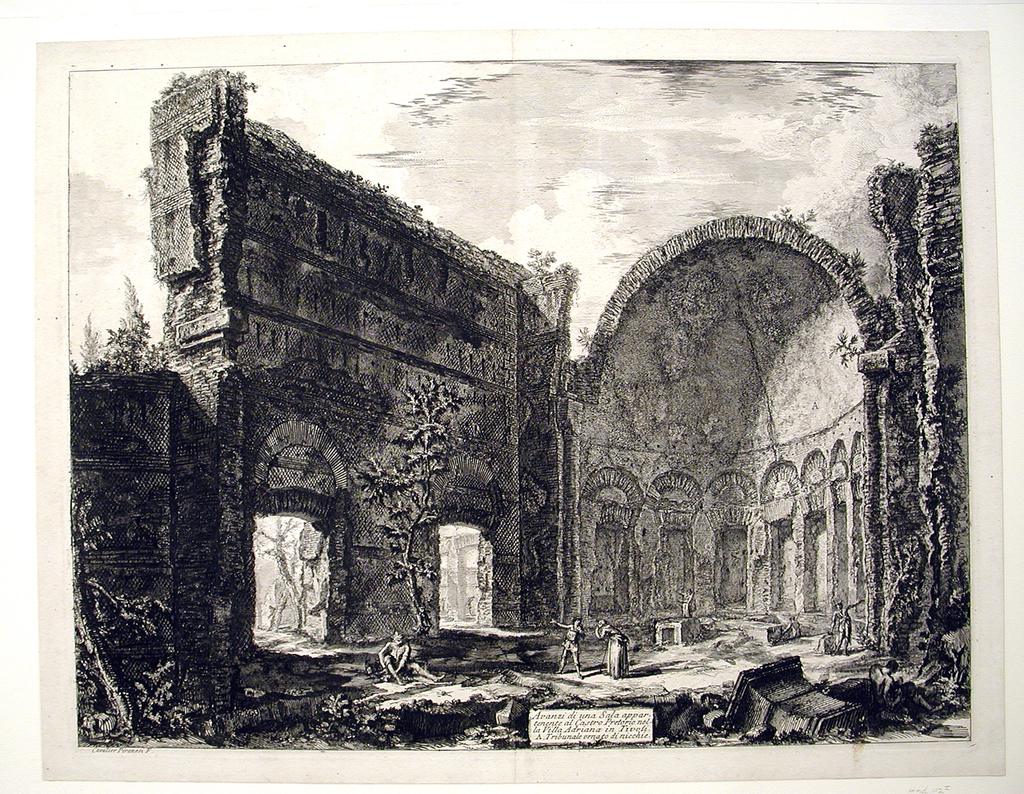Writer and illustrator Francis Hopkinson Smith did not publish his first work until he was almost 50 years old. Trained as an engineer, he spent the first part of his career in construction and is credited with designing the foundation for the Statue of Liberty. He made charcoal drawings and watercolors throughout his life and...
Designer Massimo Vignelli was known for the sense of sophistication and refinement he brought to the product, graphic, and furniture design that he produced first in Italy, and later in the U.S. working with his wife Lella, also a designer. While a student at the School of Architecture in Venice, Vignelli learned about glass from architect and glass...
By the 1960s, it could be argued that lighting design had come of age. This was influenced by several factors—booming post-war economic growth, the emergence of a new youth market eager to challenge established ideas about modern style, and the continuing development of lighting technologies and new plastics that encouraged greater experimentation with form and...
Revealing the importance between Pop Art and design, Cesare Casati and Emanuele Ponzio’s Pillola lamps designed in 1968, are representative of Italy’s anti-design movement of the mid-1960s and 1970s. Challenging notions of “good design,” the anti-design movement took its cues from Pop Art’s use of bright colors and banal subject matter. The Pillola lights culturally...
In the late fourteenth century, an elderly nun named Bridget experienced a mystical vision. Born in Sweden in 1303, Bridget (now St. Bridget) was nearly seventy when she made a pilgrimage to Bethlehem, and witnessed a holy sight. In her account of what transpired, St. Bridget describes a vision of the birth of Jesus in...
How to catch a crocodile? In this drawing, the Flemish artist Jan van der Straet, called Stradanus (1523–1605), shows us one particularly bold method. Hunters sit astride their prey, forcing long sticks between the crocodiles’ snapping jaws; companions armed with clubs wait nearby, ready to bludgeon the overpowered reptiles. The image isn’t based on first-hand...
This urn-shaped vase represents important historic glass making techniques whose possibilities were expanded during the revival of glass production in late 19th-century Venice. The form features two spectacular variations of glass for the viewer to enjoy and ponder. At first glance, the most eye-catching feature is the inner layer of avventurina (also known as aventurine), the metallic copper-toned...
On November 14, 1665, the Basilica of San Domenico in Bologna was crowded with mourners. They were gathered to remember a young female artist, Elisabetta Sirani (1638 – 1665), who had died suddenly the previous August.[1] Although only 27 at the time of her death, Elisabetta was already an acclaimed painter, draftsman, and printmaker—a contemporary...
This print, with its striking green hue, is the result of an innovative collaboration between two Italian Renaissance artists. Working together in Bologna in the late 1520s, the painter Francesco Mazzola (called Parmigianino, 1503-1540) and the printmaker Antonio da Trento (1508-1550) were early adopters of a new technique that allowed for the production of multicolored...
To celebrate the opening of Saturated: The Allure and Science of Color (May 11, 2018-January 13, 2019), Object of the Day this month will feature colorful objects from the exhibition. This vase by Anzolo Fuga, was created using clear glass (cristallo) which was decorated with vertical rods of opaque white glass (lattimo) and multi-colored murrine. Murrine are colored...
To celebrate the opening of Saturated: The Allure and Science of Color (May 11, 2018-January 13, 2019), Object of the Day this month will feature colorful objects from the exhibition. This post was originally published on January 1, 2013. Murano, an island located just north of Venice, Italy, in the Laguna Veneta, has been a glass-making center since...
This extraordinary chalice takes its inspiration from dragon-stem goblets made by the legendary Venetian glassworkers in the seventeenth century. In this example, also made in Venice but in the late nineteenth century by Salviati & Company, the dragons have been elevated to the body of the cup. Several remarkable glassworking techniques are on display in this object....
This striking drawing, titled Altar Mensa for the Borghese Chapel in the Santa Maria Maggiore, is by a lesser known but influential architect, Mario Asprucci the Younger. Using water color paint to achieve vibrant illustrations of various, colored marbles and metals, Asprucci captures the architecture’s sumptuous materials and allegorical themes. The Borghese Chapel was originally...
In the late 1970s Rino Pirovano and Rino Boschet purchased a workshop outside of Milan from the widow of an artisan who had earned his living producing metal and plastic motorcycle and scooter components. In taking over the space, Pirovano and Boschet inherited an assortment of equipment used by the old artisan for his trade,...
In 1767 the French writer and critic, Denis Diderot expounded the ”poetics of ruins” writing, “a palace must be in ruins to evoke any interest.”[1] Diderot’s comments were directed toward paintings by the French artist Hubert Robert that often featured real and fantastical Italianate ruins. Such vogue for ruin paintings were inspired by sites frequented...
